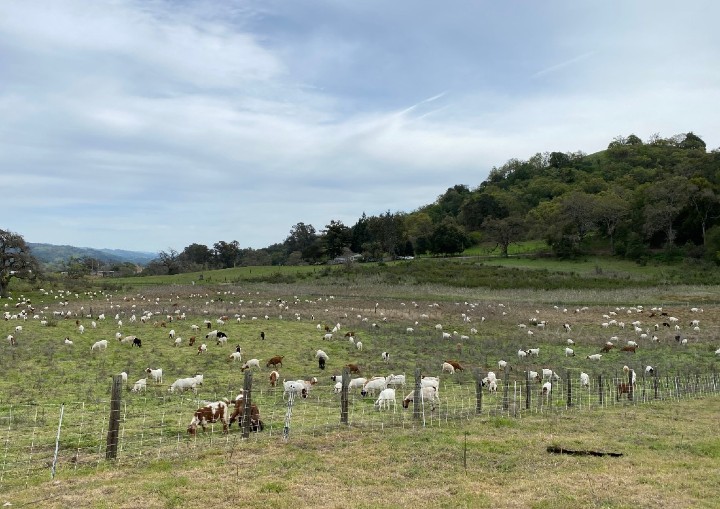SANTA CRUZ MOUNTAINS
Drier than usual conditions (due to lack of Winter rain) made Bay Area herping on April 2-11 more challenging than in previous years.
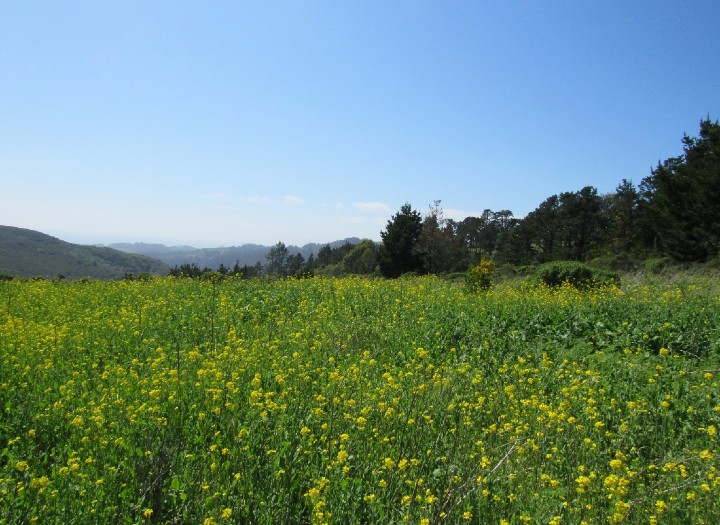
Pacific Ringneck Snakes often twist their tails into a corkscrew as a defensive behavior.
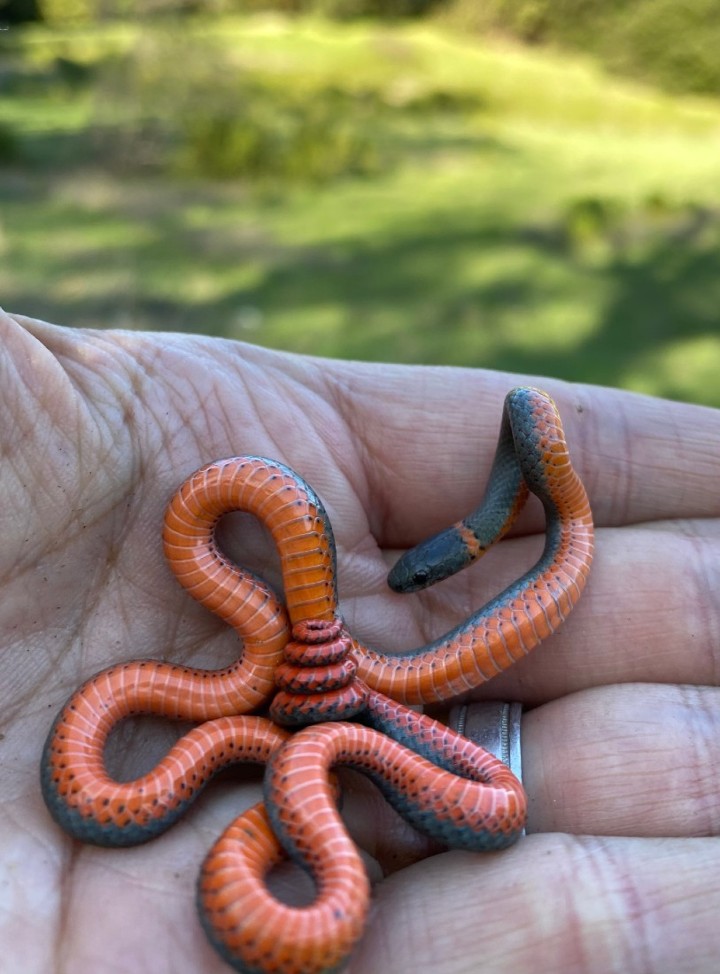
Jerusalem Crickets are distinct in appearance, with strong jaws to feed primarily on dead organic matter and highly adapted feet to burrow beneath moist soil.
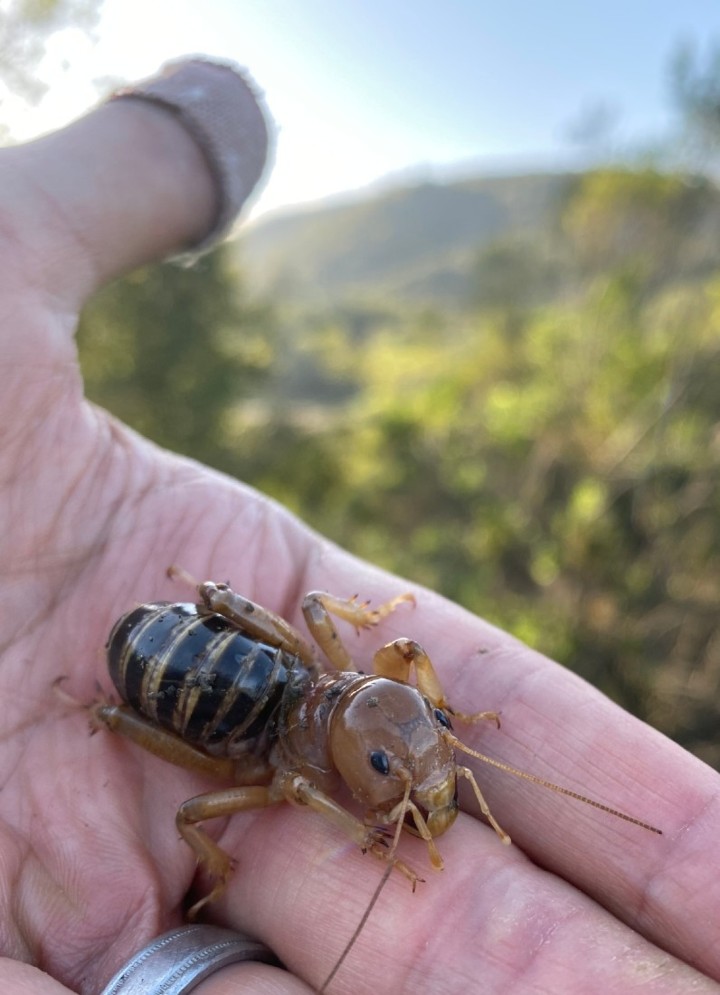
A male Western Skink. Males of some skink species in the United States get red-orange faces as they mature.
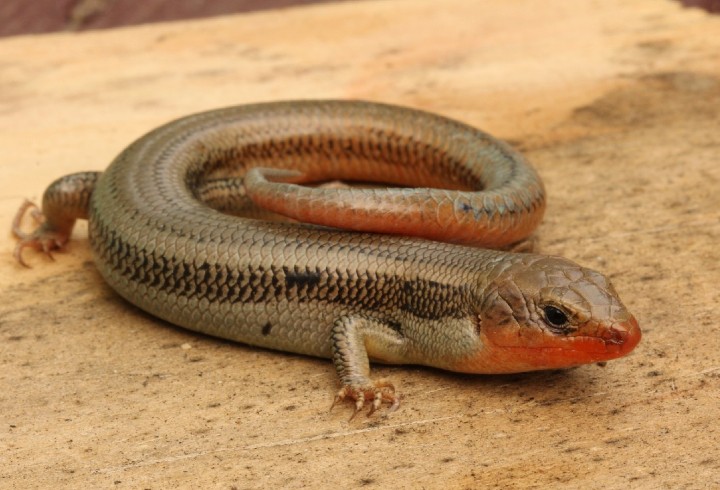
California Slender Salamanders have demonstrated an ability to survive in some urban and suburban environments - they mainly require a moist habitat with things to hide under.
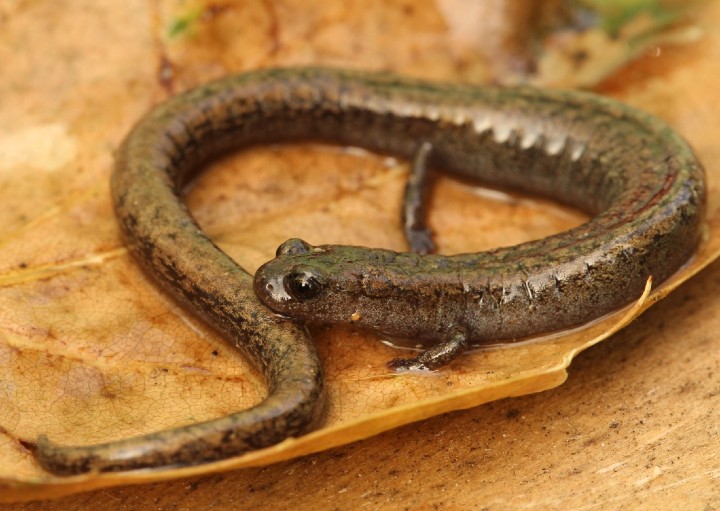
Field Chickweed is a spring-blooming matted or clumped perennial herb that pops up in a variety of open sunny habitats - I saw it in many places that I visited.
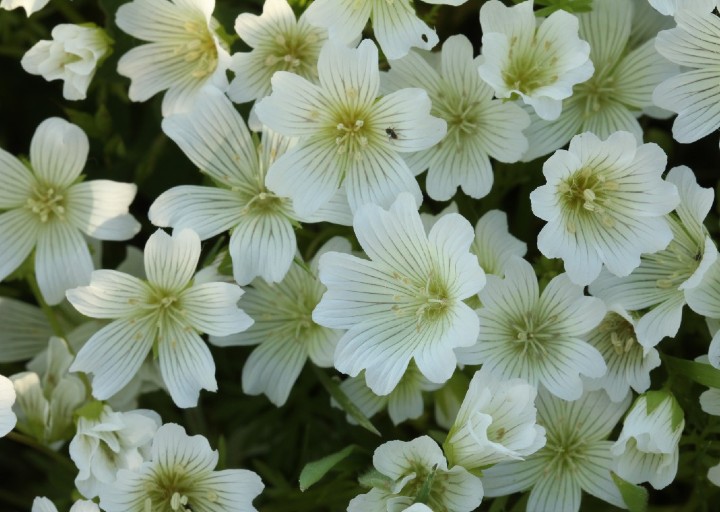
Western Fence Lizards were the most commonly encountered reptile on the trip.
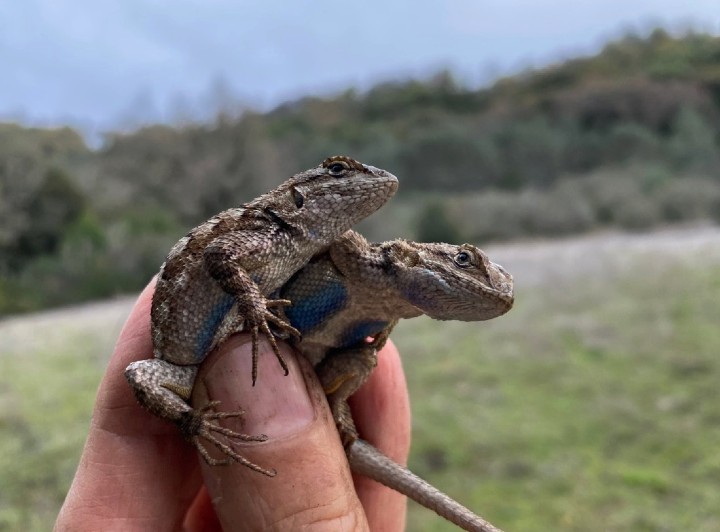
I found this Santa Cruz Garter Snake basking at the edge of a waterway on Easter Sunday.
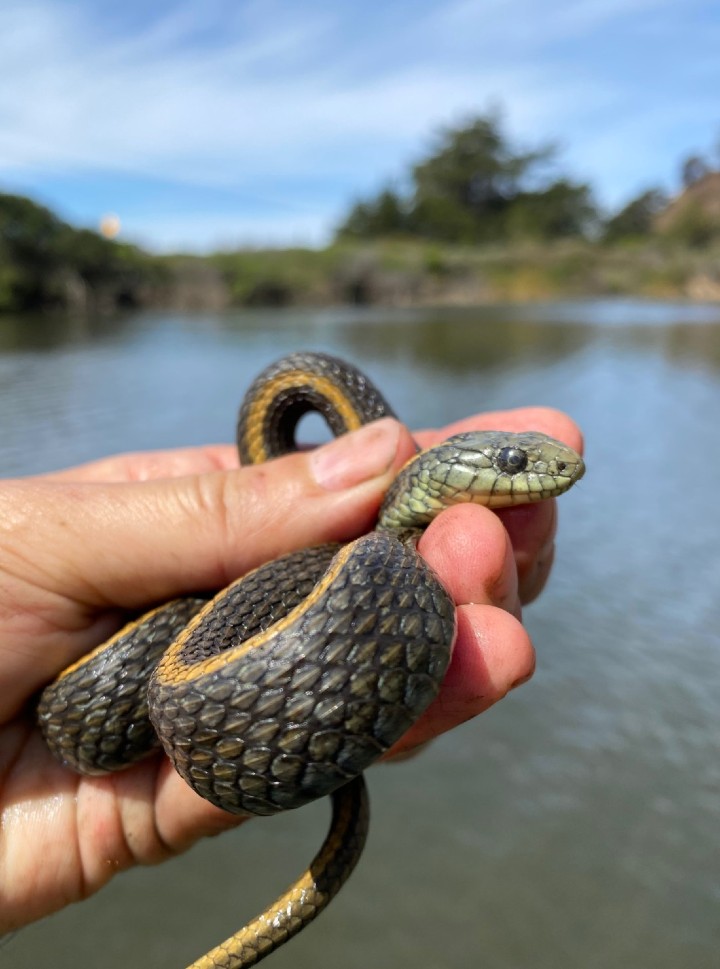
A patternless San Francisco Alligator Lizard - these lizards favor cooler, damper habitats than most lizards.
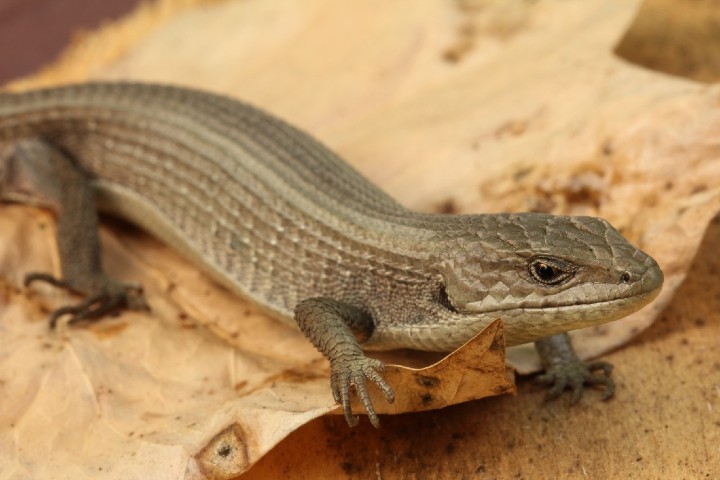
A Darkling Beetle doing a "headstand" which may serve as a warning to would-be attackers to leave it alone (some types can emit a bad smell).
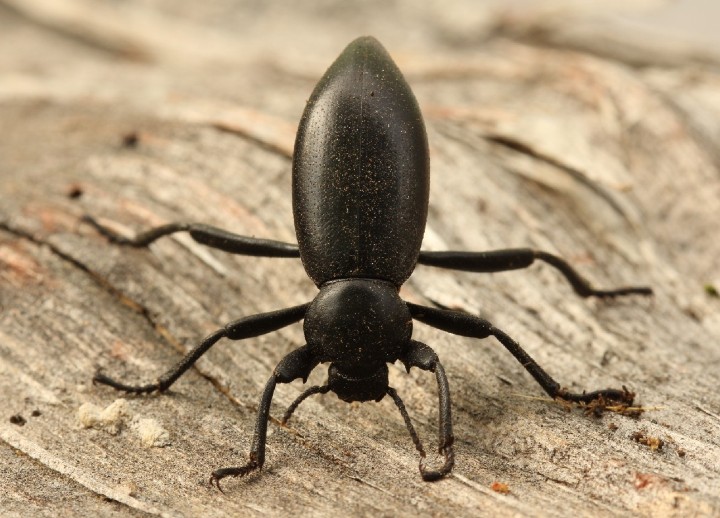
Pacific Ringneck Snake - Ringnecks enjoy coast to coast distribution across the United States, though they are absent from arid areas. They need some degree of moisture to find their favorite food items: worms, slugs and salamanders.
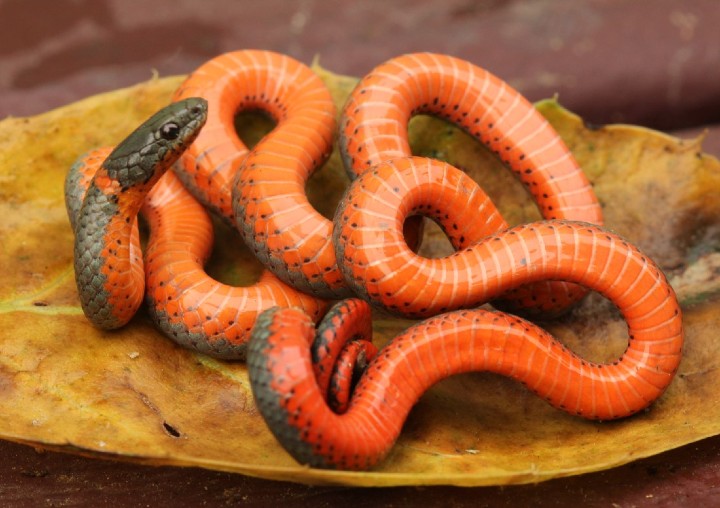
Herp habitat - I found five species of snakes in this location.
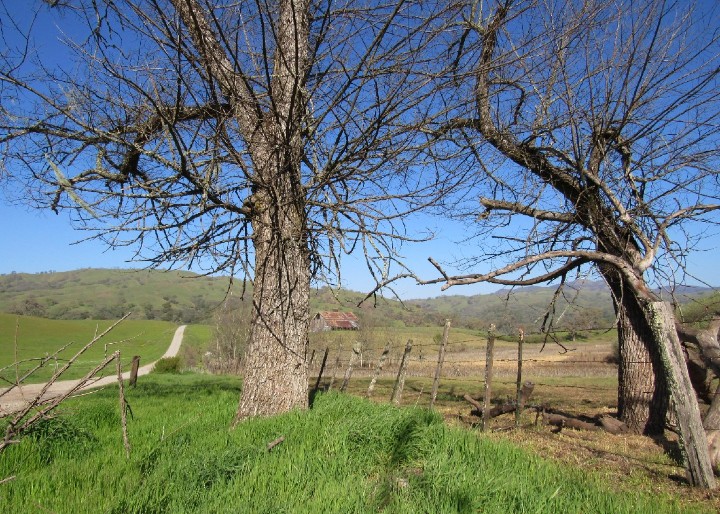
The Sharp-tailed Snake is unique in many ways. It does not seem to have a close relationship with any other snake species. It is secretive and little is known about its lifestyle and habits. It also has a hard pointy tail.
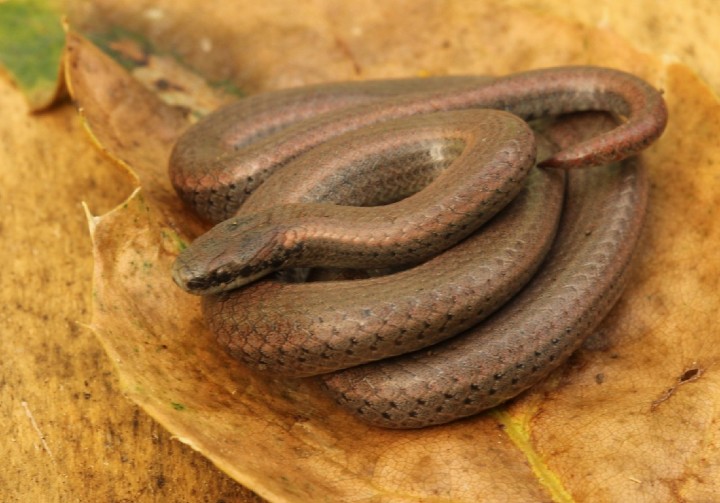
Western Fence Lizards are capable of changing color and are quite variable in appearance.
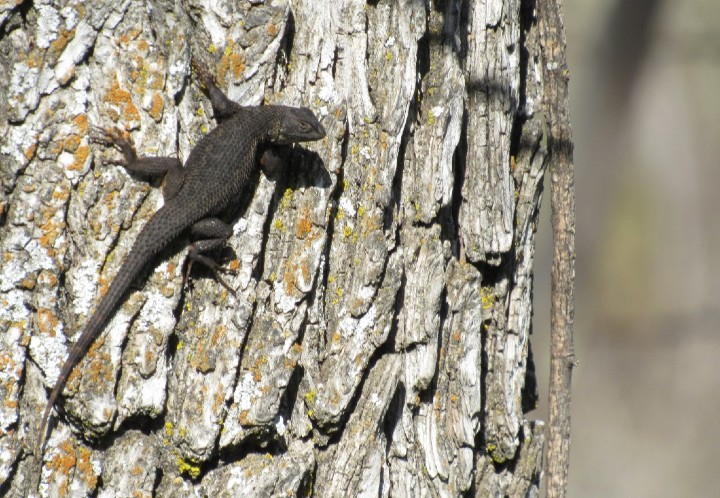
A light-colored Pacific Gopher Snake. This reptile can produce a loud hiss when agitated or fearful. This species will also inflate its body, flatten its head, and vigorously shake its tail, when threatened.
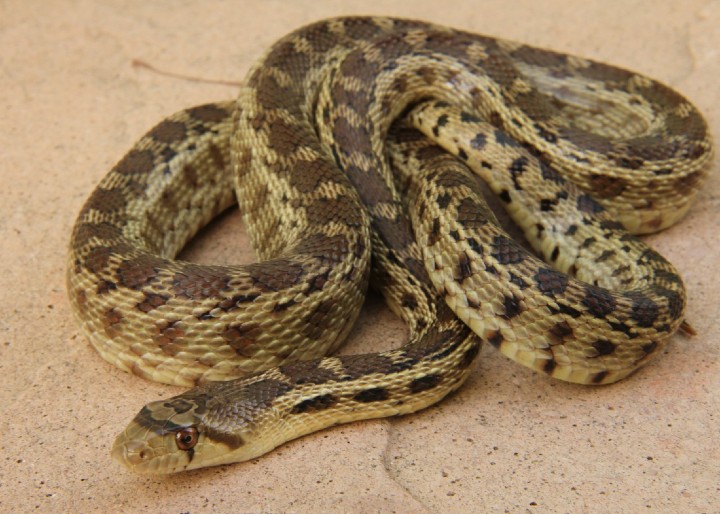
An especially dark California Red-sided Garter Snake.
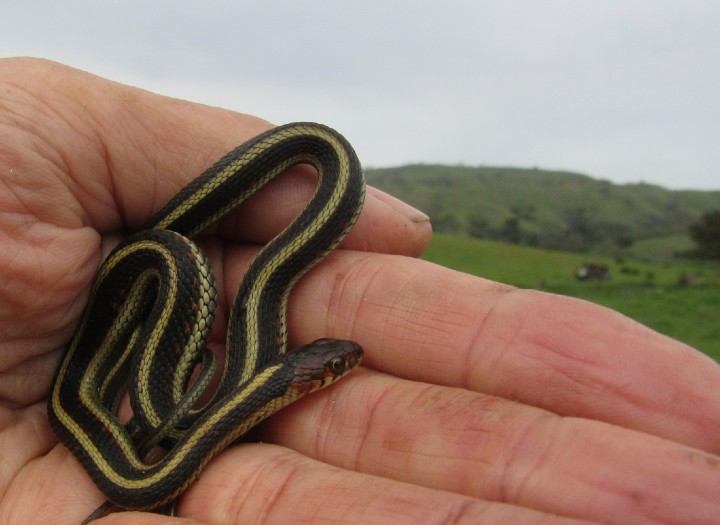
The Northern Pacific Rattlesnake is the most widely distributed venomous reptile in California; it is one of the nine subspecies of the western rattlesnake.
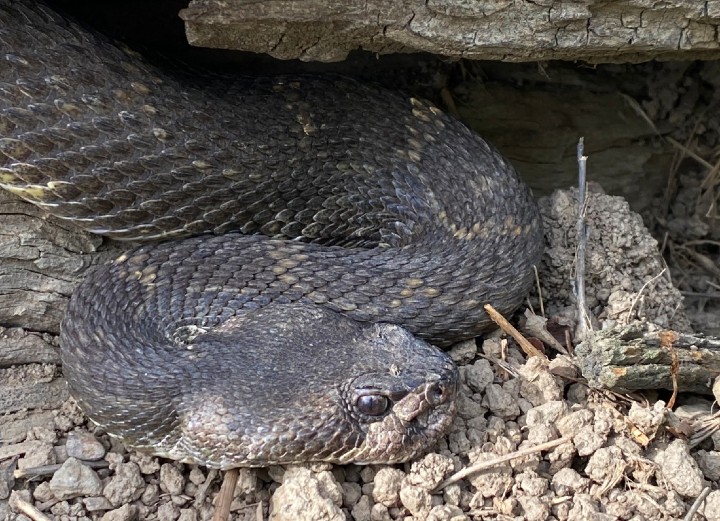
Pacific Gopher Snakes spend a fair amount of time underground and are valuable to man, as they are efficient predators of rodents.
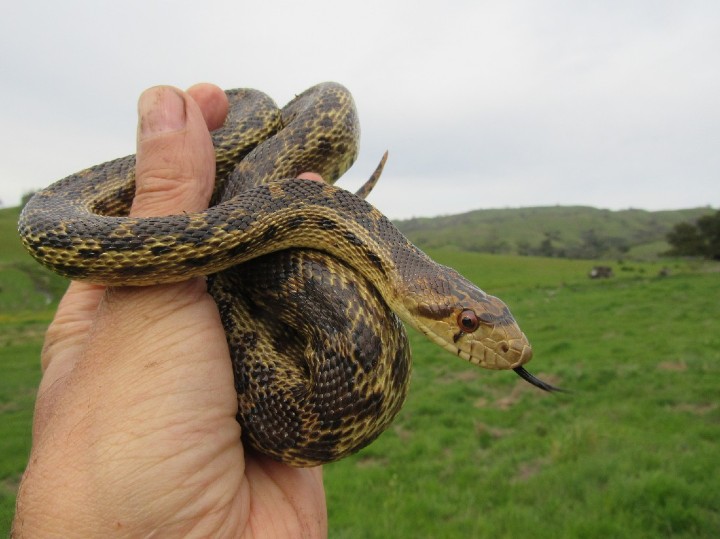
Goats.
